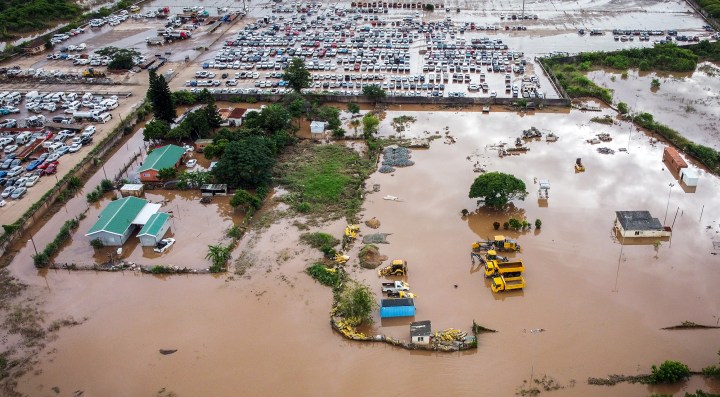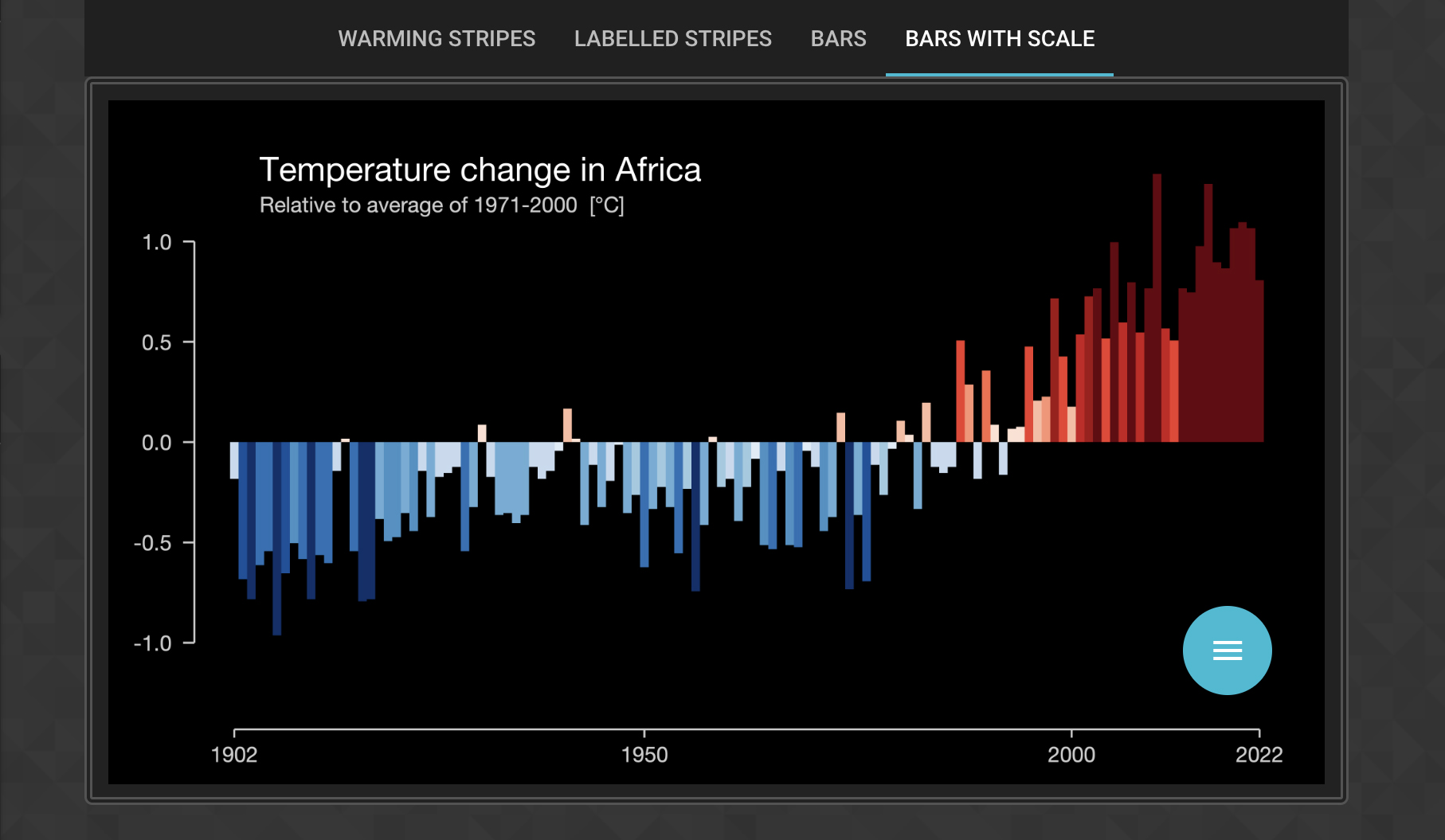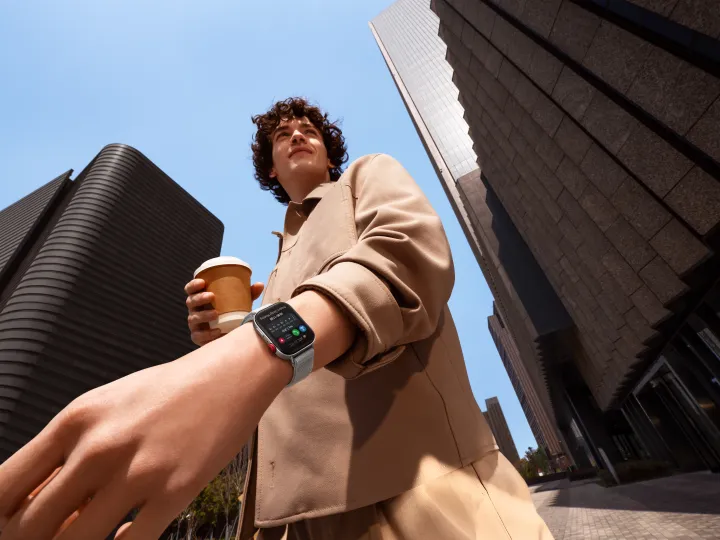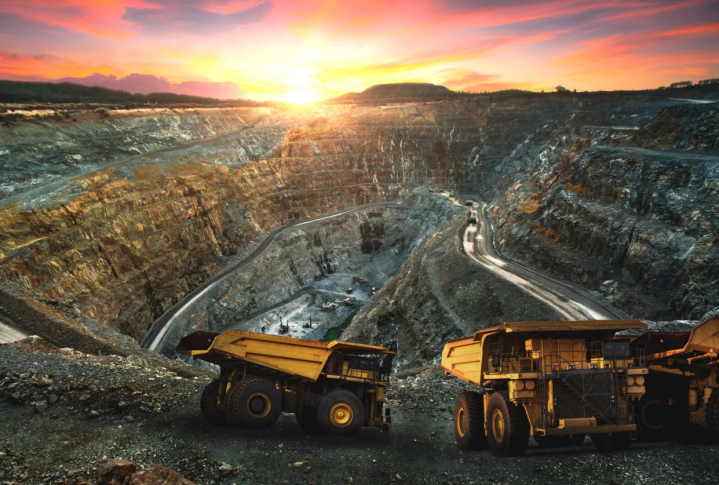CLIMATE VISUALISATION
A matter of degrees — new research shows climate crisis statistics in a jarring new light

The #ShowYourStripes research published on 21 April out of the University of Reading visualises climate change in colours that correspond to average yearly temperatures, showing how cities and countries across the globe have warmed over time.
#ShowYourStripes is a new research effort headed by Ed Hawkins, climate science professor at the University of Reading in Berkshire, England. Though the results themselves are not new, the visualisation of climate change is jarring.
On the research page, users can pick different countries and cities for which they’d like to see the average yearly temperatures. Each bar corresponds to a different year, and the difference in colour shows its variation from the average; the darker the colour the more varied the difference, red for hot, blue for cold.
“It’s just a very stark visual, and represents the changes to our climate in a very visual way, which means it’s easy for people to understand and interpret”, said Hawkins. “Anyone, even those without any scientific background whatsoever, can take one look at these graphics and instantly understand what they represent.”
The data for #ShowYourStripes was amalgamated from Berkeley Earth, the National Oceanic Atmospheric Administration (Noaa), The UK Meteorological Office, and more research institutions around the globe.
What’s happening?
Although climate change is often referred to in terms of future plans to mitigate it and its effects, everyone around the world is currently experiencing the effects of climate change in real-time.
“We’re already seeing rising temperatures, more intense heat waves, more heavy rainfall events, sea level rise around our coasts, and change in rainfall patterns”, said Hawkins.
And that’s not all. “We’re already seeing examples of species range shifts, climate change-induced extinctions, and more”, said Prof Emma Archer, geographer at the University of Pretoria.

A graphic visualisation of climate change in Africa. (Graphic: #ShowYourStripes)
Although many of these effects of climate change existed in the past, they are being exacerbated by the stress humans are putting on the environment.
South African climatologist Prof Coleen Vogel used flooding in Durban as an example of these worsening conditions: “The floods aren’t necessarily new as such, but the intensity, magnitude and impact definitely have changed,” she said.
“That’s not only because of the climate event, but also because of developments in where people are living, the increased densities of populations, living conditions, etcetera”.
Hard infrastructure
Thankfully, we know exactly what needs to be done in order to mitigate worsening effects of climate change.
“We have to reduce our carbon emissions”, said Hawkins. “And that means weaning ourselves off fossil fuels.”
This was echoed by Archer, who stressed the importance of keeping the global temperature increase below two degrees Celsius, and more ideally 1.5.
For Archer, this is just the first step “to realising a bunch of policy objectives, including things like the global biodiversity framework and disaster risk reduction strategies”.
This includes making changes to current structures, like weaning off fossil fuels, but also making sure that new developments take into account their environmental impact during construction.
“Rather than making climate change a separate area of concern, we’re trying to embed it into current development processes in cities so that you get both development ongoing but also building abilities to handle climate shocks and risks”, said Vogel.
The integration of climate change awareness with new developments can lead to far more sustainable and durable infrastructure within the country. On a large scale, this includes disaster risk reduction, heat mapping, and early warning systems. On a smaller scale, it can be as simple as the proper placement of stormwater drains or cleaning of litter.
Soft infrastructure
“We can design systems and processes, and in particular soft and hard infrastructure. Both good roads, effective stormwater drainage, early warning systems, etcetera, but also building community awareness and cohesiveness,” said Vogel.
“We can come together and really learn from communities who are in these situations, and then feed that back into governance processes in the cities, because communities are already trying desperately to survive in some of these events.”
Archer expanded further, suggesting that we look beyond already-protected areas as spaces for conservation and connectivity. “We’re going to have to look at some of the goals and targets to which we’ve committed and be realistic about what we’re expecting under climate change, and then be a lot more realistic about how we’re going to achieve those targets,” she said.
But the conversation is already half of the battle. Everywhere around the globe people are adapting to their surroundings, talking about climate change as a futuristic doomsday, as opposed to the current situation that everyone is living in day-to-day.
“We need to have these conversations, to talk to your friends and your family and your neighbours, your colleagues about the risks that we face, the changes we’re already seeing, and the potential futures that we might live in”, said Hawkins.
“Let’s talk about what you’re personally doing about it, and make it a normal part of everyday conversations. And by that way, we normalise the conversation and that will enact change.”
It is for this reason that Hawkins made the images provided by #ShowYourStripes completely free and available to the public. He hopes that by doing so, people will feel emboldened to share them with one another, make art out of them, and creatively generate a greater impact than the research alone might make.
“We hope that by launching these new city stripes for so many cities around the world, that we will encourage others to follow that and find novel ways of using them to communicate these important issues” he said. DM/OBP




















Comments - Please login in order to comment.